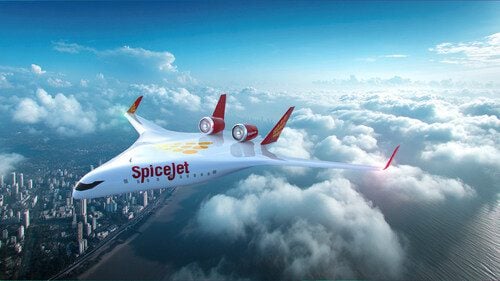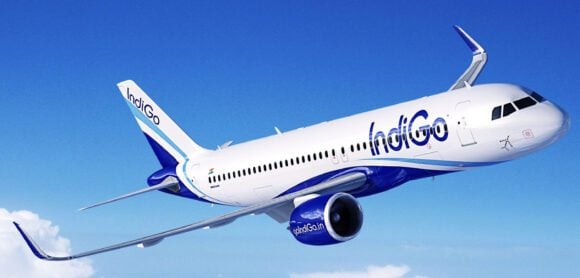
176546068 4197101163656197 6758753135019650217 n
Indonesia flag carrier Garuda Indonesia has slipped back into red numbers for the first six months of 2023. The carrier posted a $-109.6 million pre-tax operating loss compared to a $4.0 million profit last year. The net loss is $-76.4 million versus $3.8 million. Garuda Indonesia back in the red for HY1.
The carrier’s financial statements show that total revenues were up to $1.396 billion from $878.7 million. Of this, $1.101 billion is from scheduled air services (2022: $677.3 million), $142.5 million from non-scheduled airline services ($87.6 million), and $151.4 million from other revenues ($113.8 million). Cash flow from operating activities was $90.8 million, down from $176.6 million.
Garuda’s operating expenses were slightly up to $1.268 billion from $1.219 billion in HY1 2022, with costs for flight operations and passenger services up the most compared to last year. The airline suffered a $-22.5 million loss on currency costs compared to a $80 million gain in the previous year.
Compared to last year, the financial statements for this HY1 don’t include income from debt restructuring and a gain on payment term restructuring, which were $2.8 billion and $1.3 billion respectively last year. The results include $88 million in deferred taxes of $401 million in total tax losses. Garuda ended June with $428 million in cash and cash equivalents. Net debt stood at $3.8 billion, slightly up from $3.7 billion a year ago.
The 2023 target is to carry 24.8 million passengers
The financial statements don’t offer insights into Garuda’s operational performance and the airline hasn’t published the financial presentation for Q2 and HY1 on its website yet. The most recent one is the Q1 presentation, when Garuda produced total revenues of $602.9 million and carried 4.53 million passengers, of which 1.4 million on the domestic and 363K on the international network. Capacity or available seat kilometers (ASK) grew by 51.28 percent to five billion. The airline produced a $110 million net profit. The target for this year is to carry 24.8 million passengers and 301.9 tonnes of cargo and grow capacity (ASK) to 41.7 billion..
Garuda entered a deep restructuring during the Covid crisis, which included the restructuring of its $10.1 billion net debt by $9.0 billion through renegotiating contracts with lessors, reducing aircraft orders, and slashing costs. Since then, the airline group is focused on optimizing its network and fleet, further restructuring the balance sheet through prudent cash management and new funding opportunities. Last December, the company issued $498 million in new shares to raise fresh capital. The Indonesian government has a 64.54 percent share in Garuda.
At the end of March, the fleet for Garuda and its subsidiary Citilink had grown from 90 to 95 aircraft, of which 53 were for the parent airline. The carrier has outstanding orders for four Airbus A330-800s and nine A330-900s.
Views: 46



